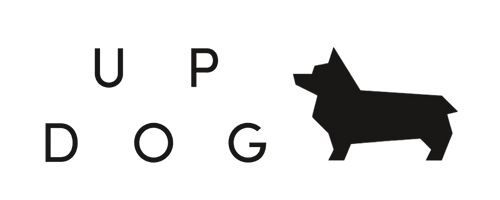When it comes to our furry friends, we're always looking for the best ways to keep them entertained, stimulated, and happy. Over the years, the dog toy industry has seen an evolution in design aesthetics. Gone are the days of drab and mundane toys. Today, we are in an era of modern design dog toys, which are a far cry from traditional offerings. So, how and why has this transformation taken place? Let's delve in.
Why Modern Design Dog Toys Are a Breath of Fresh Air:
-
Aesthetic Appeal: Modern dog toys are crafted not just for the pets but also keeping in mind the pet owners. Sleek and contemporary designs make these toys look more like art pieces than mere playthings, ensuring they don't look out of place in a modern home.
-
Innovation at Its Best: With modern design, there's a bigger emphasis on innovation. These toys often incorporate new materials, textures, and interactive elements, ensuring that our canine companions are always intrigued.
-
Holistic Approach to Play: The best modern toys are designed considering the holistic development of the dog. They're not just about mindless chewing; they promote problem-solving, physical activity, and interactive play.
How Modern Design Dog Toys Stand Out From Traditional Ones:
-
Material Matters: Traditional toys often used basic rubber or cloth materials. Modern toys, on the other hand, utilize a range of materials from eco-friendly plastics to reinforced textiles, ensuring durability and sustainability.
-
Interactive Elements: Today's dog toys are smarter. They may have compartments for treats, mechanisms that move, or even technological elements like sounds and vibrations that activate with touch. Such features were seldom seen in older, traditional toys.
-
Customization: Modern design understands that one size doesn't fit all. Dog toys now come in a variety of sizes, shapes, and functionalities, tailored to the specific breed, age, or play preference of the dog.
-
Safety First: With an increased emphasis on safety, modern toys often come with features like non-toxic coatings, choke-proof sizes, and chew-resistant materials, which were not always a priority in traditional designs.
-
Design for the Digital Age: Some contemporary dog toys even integrate with apps or digital platforms, allowing pet owners to track playtime, set challenges, or interact with their pets remotely.
-
Artistic Flair: Traditional dog toys usually sported primary colors and basic shapes. The modern ones, however, come in a plethora of designs, patterns, and hues, ensuring they are visually appealing to both pets and their humans.
Conclusion:
The transformation from traditional to modern dog toy design is not just a testament to changing tastes but also a reflection of a more profound understanding of a dog's needs. In today's world, where design and functionality often go hand in hand, it's no surprise that our canine companions are reaping the benefits. After all, if we appreciate the beauty and innovation in the objects around us, why shouldn't our pets experience the same?

